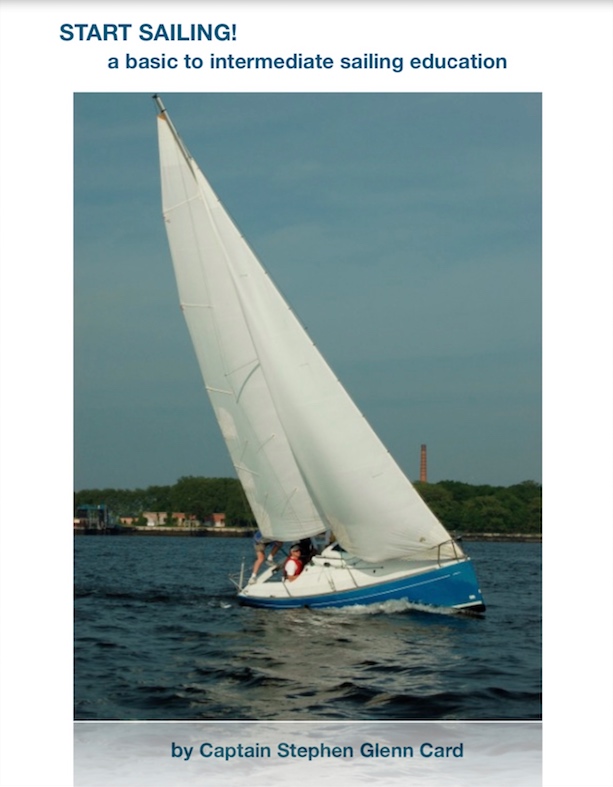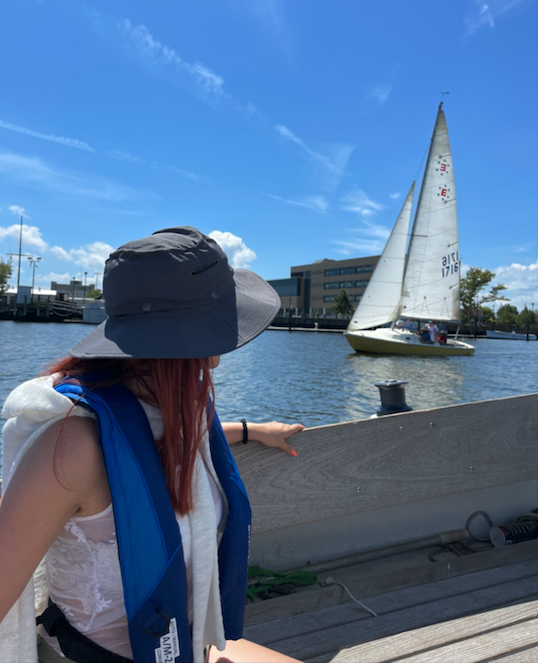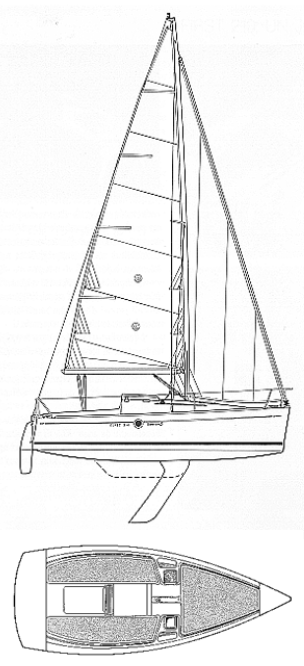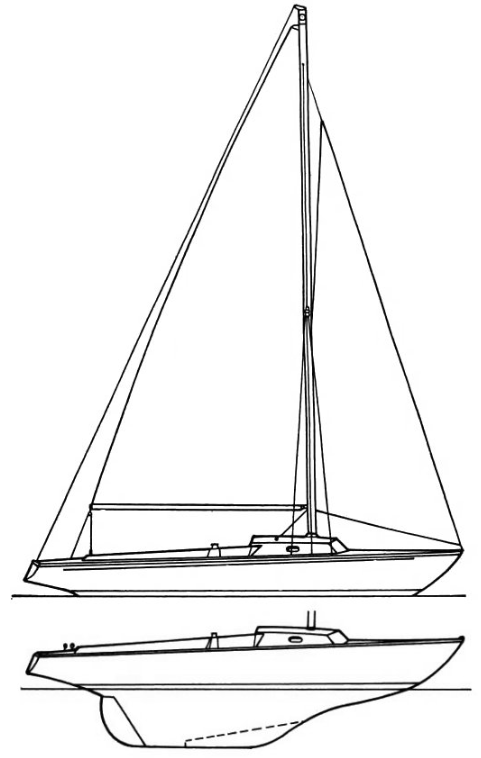We teach newbies how to sail on two types in two locations. These sailboats are very different, yet both deliver top notch learn to sail lessons.

Which boat to play on today? Depends where you sail with us.
There are several types of boats we use at our City Island home branch, where we’ve been sailing on and off forever and uninterrupted since 1996. For learn-to-sail courses, it’s the Beneteau First 21.0 sloop. It’s a very modern design – light weight and responsive, maneuverable, ergonomic, and with twin rudders. Designed and built by the world’s oldest and largest maker of sailboats, it’s the only sailboat design ever endorsed by a national sailing school organization.
ASA did a collab with Beneteau and their modified version became the ASA First Trainer (and subsequently the ASA First 22). Same body (hull), keel, rudders, sailplan, etc. Only real difference was to make a smaller cabin and longer cockpit to better reflect sailing classes. (Wouldn’t really benefit us much, as we’re one of the few schools to limit learn-to-sail classes to 3 students per boat.)

Fast forward to 2022, when we re-wound to a boat designed 60 years earlier: the Pearson Ensign, from venerable naval architect Carl Alberg. it’s what they sail at the Miramar Yacht Club. That’s in Sheepshead Bay, Brooklyn, and that’s where our second branch is. There are almost 20 Ensigns at this Club, but also many other daysailers and cruising designs. The Club has been around since the 1930’s and was incorporated in the ’40’s. And now, we’re at both “Bookends of the Boroughs.”
The Ensign is very different from the Beneteau. Traditional full keel, rather than a fin or long swing keel (the latter of which the Beneteau sports). Single rudder than hangs off the back of the keel, rather than a modern spade rudder. No real cabin; just a small ‘cuddy’ with room for two diagonal berths and sail storage. Low to the water; a little wet when it gets wild on the waterway with wind and chop. Very long, deep bench seats in wood (the Beneteau has excellent ones as well but fiberglass). Very large mainsail; two sizes of jib/genoa. (Beneteau has a fairly even distribution between main and 110 genoa, to which we add a storm ‘jiblet’ courtesy of the classic Rhodes 19 class, as well… we had two from the past and they worked. The Ensign has seen a resurgence in popularity whereas most of its contemporaries and next-gens have faded into obscurity. It’s also in the American Sailboat Hall of Fame, along with the Tartan Ten. And, Miramar YC has its own Tartan Ten as well as Ensign!

We were the 1st school to use the Beneteau 21 for learn to sail. A few other schools have been using the Ensign in recent years, and who knows how many did over the decades. They both work extremely well for the purpose, despite the large differences in their designs.
We do strictly sail in our Start Sailing course (ASA 101, learn to sail / Basic Keelboat). No motors – except on the launch that drives you the short distance to your moored sailboat. Then, we keep it real. No brakes; no reverse. You get to use forward (trim in the sails and angle the boat properly). You also get to go into neutral (make the sails flap like flags, or luff, but easing the sails and angling the boat enough into the wind). That’s it! Do those things with the right timing, and you glide to a near or complete stop at the mooring ball.
Simple. Also, simply difficult. It takes only a shot or two to start to understand it, but it takes a lot of practice to get consistently good at it. Expect to have many of your stops wind up short, or to happen well after you want them to. Don’t worry – you’re surrounded by something soft: water! And, yes – boats. But we teach you how to start moving again on demand.

One concern we had before trying out Sheepshead Bay was the proximity of the moorings to each other (on the tight side), and the narrow nature of the small Bay. We also wondered if the current in Rockaway Inlet, just outside of the enclosed Bay, would be too much at times. Not so, said the Commodore, David, who sails both an Ensign and a Cheoy Lee 35. The Ensigns overwhelmingly sail off & on, and also out & in. This entire season, I saw an Ensign under power only once or twice: one time the main was up and drawing and I wasn’t sure if the electric motor was also in play.
Head to head comparison…
Beneteau pros: super responsive; light on the helm; mainsail easy to handle; lifelines going around the boat give a good sense of security going forward.
Ensign: super stable; has great momentum; very predictable response; huge cockpit helpful for groups; wide foredeck offsets lack of lifelines.
They’re both excellent for sailing off and back onto moorings, and for teaching people how to sail a boat. Which one will we use today? The one that’s where you want to sail!
